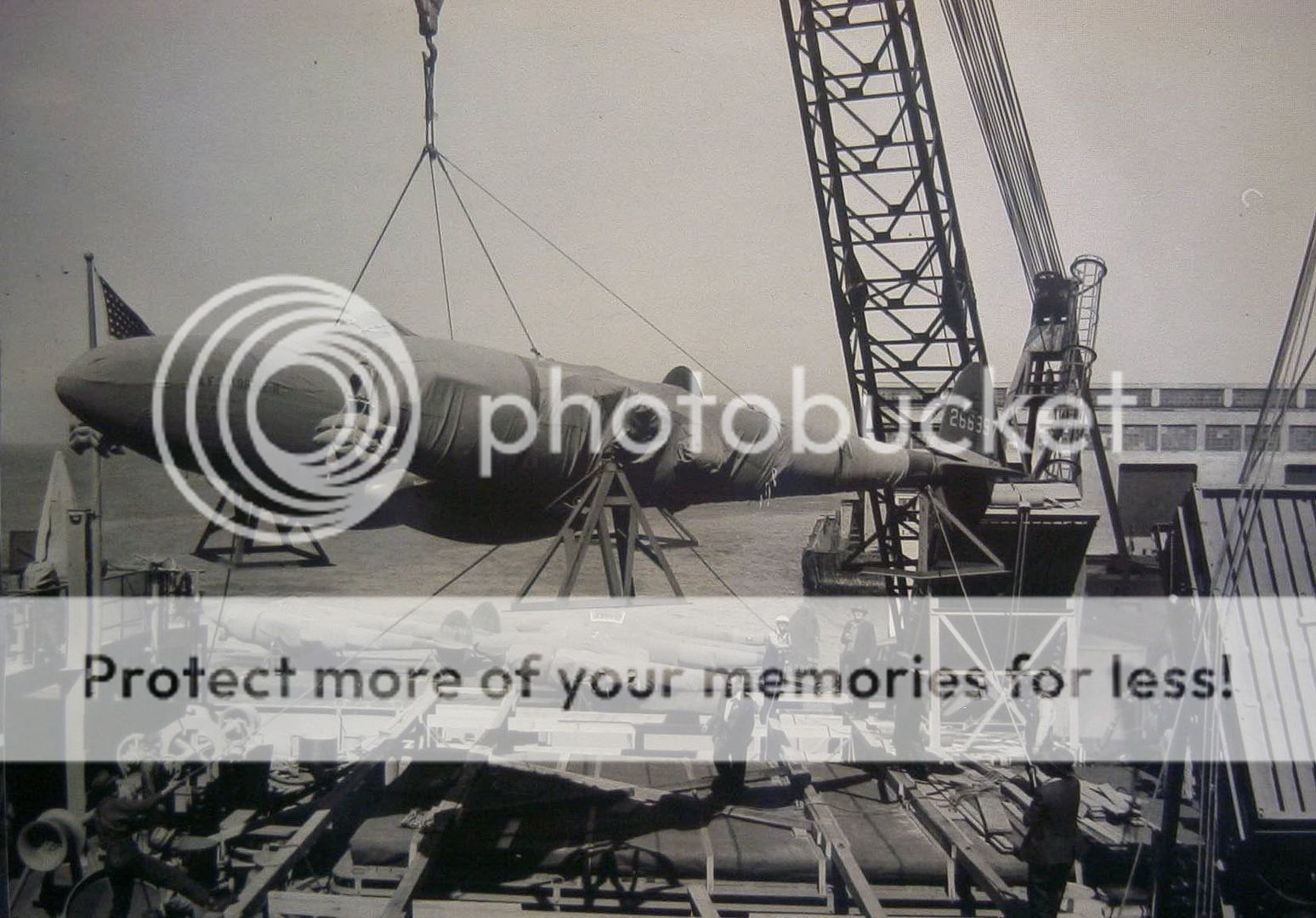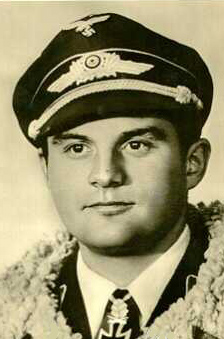IMHO it's a reflection on how "useful" Hipper was.Dunno why Admiral Schmundt proposed sending Admiral Hipper into the Mediterranean.
It's lack of range and unreliable machinery meant it was of little active use and its passive uses were tying down British cruisers and diverting the RAF from bombing the Rhur. That is until the Invasion of Russia and the Arctic Convoys began. IMHO Admiral Schmundt could have not taken those factors into account early in 1941.
It could also have been because Hipper needed a refit (the unreliable machinery again) and that couldn't be done at Brest. Perhaps he thought that sending her to the Mediterranean wasn't much riskier than returning to Germany via the Denmark Strait. She'd be more useful operating with the Regia Marina in the Central Mediterranean in the unlikely event of not being sunk in the Strait of Gibraltar.


